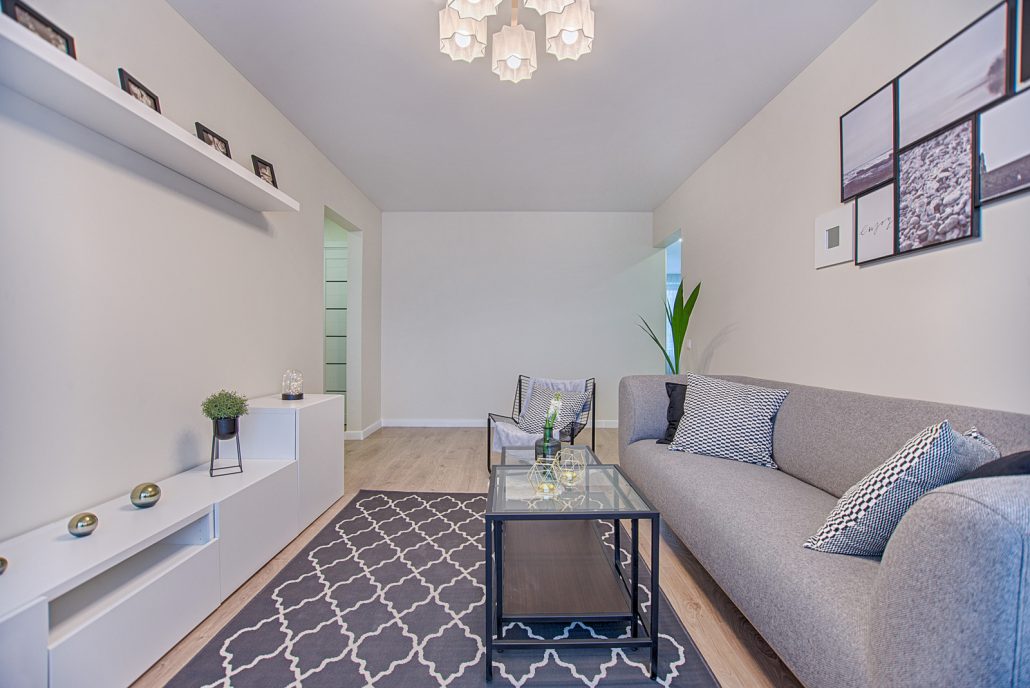In the past decade, the way we live and work has changed dramatically. The sharing economy has been picking up, and we now see more disruptive technologies driving this force and moving entire markets. Car-sharing, bike-sharing and hot-desking have proven how traditional methods of commuting and working have changed for the better.
You probably have heard of this term ‘co-living’ being described by terms such as: comfortable, inclusive, adventurous, beautiful and convenient, but will this trend really stick around? While it works in many major cities around the globe, will it be sustainable in Singapore? Let’s explore the current hype over this new trend and compare it with renting a home in Singapore.
What is co-living?
Co-living is a way of living, usually consisting of an apartment shared between 10-20 individuals. They share common spaces such as the living room, designed for work productivity while they each have a private bedroom and bathroom. Most co-living spaces come with recreational spaces, meeting rooms and organise cultural events, outings and dinners with the house guests.
While it might seem like merely a rebranded model of apartment sharing, Tim Alpe, the COO of Ovolo, a service apartment operator that has incorporated co-living in its business, has mentioned that the main difference between the two is the “human element”, and designs are much looser and built to facilitate the human connection. “A sense of camaraderie exists at Mojo Nomad, you’ll feel it when you walk in the doors versus your serviced apartment experience, which will continue to be more of an anonymous one”. (Colliers, 2018)
Why is it attractive?
Many co-living spaces such as The Collective (London) and Zoku (Amsterdam) are successful because they have met the needs of today’s digital nomad and freelancer populations. These spaces add value to traditional living by providing and encouraging a strong community between residents with a higher proportion of shared spaces as well as organisation of social events. With the new obsession over the sharing economy, it is no surprise that something as fundamental as a home would embrace these traits in order to ride the new demand trend.
The main advantages of co-living:
Meeting new people. When surrounded with like-minded individuals in the same space, you get the feeling of community around you as compared to renting your own apartment or an Airbnb.
Lower costs. Many co-living spaces offer shorter leases and cheaper options, as compared to renting your own apartment and subsequently a co-working space for work.
Flexible working hours. Most offices are not open 24 hours a day. But with co-living, you get the flexibility to work in delegated working areas in the wee hours of the night, where creativity is at its best for some.
Convenience. As cliché as this sounds, with everything (wifi, swimming pool, gym, gardens) under one roof, in a fully furnished apartment, providing you with an all-in-one package, what more can you ask for?
Network. Being a member of a particular co-living space gives you to access to its other outlets around the world.
Have we found the solution to nomadic living?
Yes. If you consider middle to high-income individuals, this concept is perfect for the entrepreneur, freelancer, digital nomad and location independent worker. The top 10 co-working spaces in the world mostly cater to a very targeted audience, providing them with exactly what they ask for – a great lifestyle and community.
Comparing co-living prices in Singapore
Sounds like a great concept for millenials, right? But are these places worth what they cost? We compiled a list of hottest co-living spaces in Singapore to get a visual representation of their price range. Their prices differ based on location and room type.
| Co-living space | Location | Rental per month starts from (SGD) | Minimum stay |
| Hmlet | Various locations | 870 | 3 months |
| Rouf | River Valley | 1,450 | 3 months |
| Login | Queenstown, Novena, East Coast, Orchard Road | 1,200 | 3 months |
| CP residences | Various locations | 1,400 | 3 months |
Source: Respective websites.
Co-living spaces have justified their extra costs to the consumer by differentiating from other apartments and condominiums. They have incorporated many more value-adding services as aforementioned, however, we do not see why existing residential developments cannot simply add-on those benefits at a small cost to their consumer in the future.
To sum it all up, co-living spaces cater to a very specific audience – the millennials, digital nomads, entrepreneurs and freelancers. The decision whether to rent an apartment privately or in a co-living space depends on how important community and flexibility is to the individual. It gives us the freedom to have shorter leases and to move between the different locations, which is a totally different concept from a private apartment.
However, when answering the question if they will be sustainable in Singapore, we need to realise that they face stiff competition from existing private properties as community and flexibility can be replicated by merely changing the management structure and incorporating a community-building team within the development.
Although they cater to the expatriate population, it might not be attractive to the local millennial as home-ownership culture is more prominent in Singapore. Co-living spaces would hence need to think of new ideas in order to capture a wider market and to be resilient against their competitors.
Disclaimer: Data is accurate at the time of publication.
Want to find the best mortgage rate in town? Check out our free comparison service to learn more!
Read more of our posts below!




